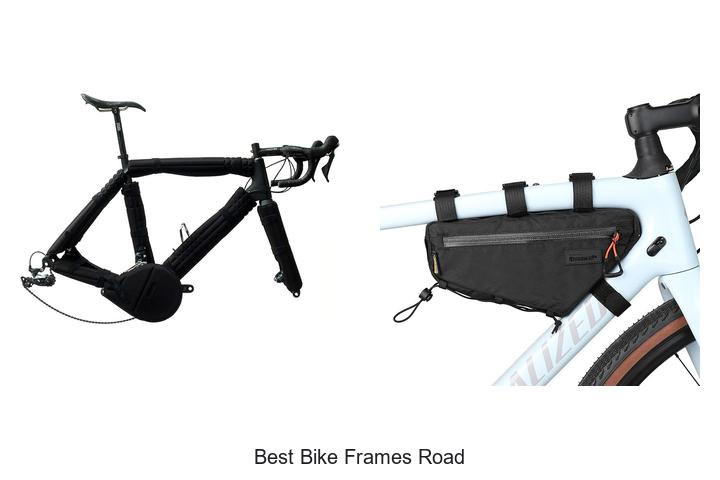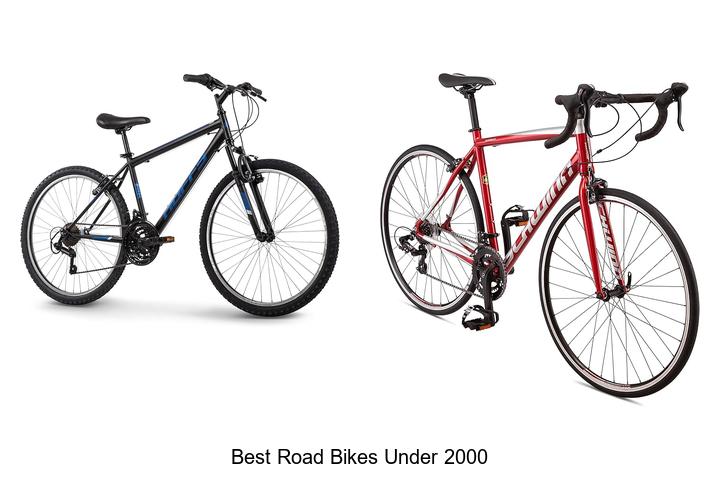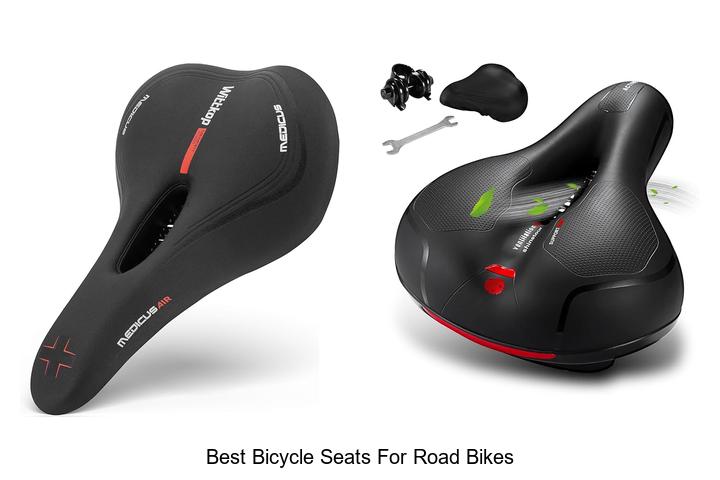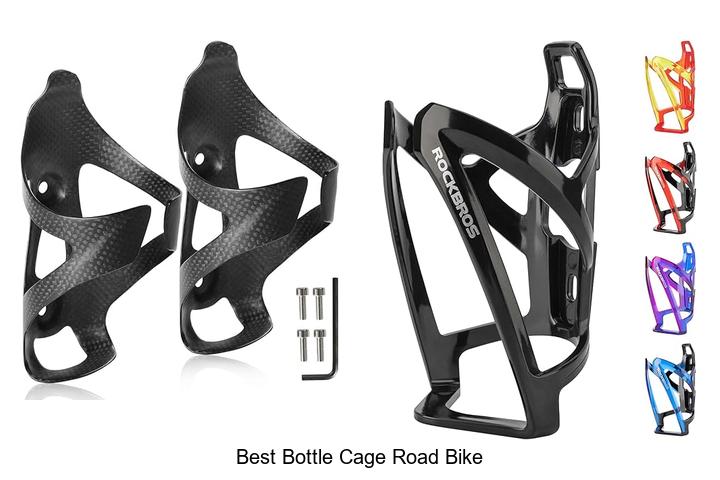How to Wrap Handlebars on a Road Bike: Step-by-Step Guide
Wrapping your road bike’s handlebars might seem tricky at first but it’s a skill every cyclist should master. A well-wrapped handlebar not only boosts comfort but also improves your grip and control on the road. Whether you’re replacing worn-out tape or customizing your ride, knowing how to wrap handlebars correctly makes a big difference.
You’ll find that with the right technique and a few simple tools, you can get a clean, professional finish without spending a fortune. This guide will walk you through the steps to wrap your handlebars efficiently so you can enjoy a smoother, safer ride every time you hit the road.
Preparing to Wrap Handlebars on a Road Bike
You must prepare carefully to ensure a smooth handlebar wrapping process. Proper preparation speeds up the job and improves the final result.
Choosing the Right Bar Tape
Select bar tape based on comfort, grip, durability, and style. Cork tape offers excellent cushioning and sweat absorption. Foam tape suits lightweight preferences but provides less padding. Synthetic tapes excel in durability and grip, especially in wet conditions. Match tape thickness to your hand size and riding style for optimal comfort.
Gathering Essential Tools and Materials
Collect these items before starting:
- Bar tape roll(s), ensuring enough length for both sides
- Scissors or a sharp knife for precise cutting
- Electrical or finishing tape to secure ends
- Clean cloth and rubbing alcohol for handlebar cleaning
- Small screwdriver to remove brake lever clamps if necessary
- Optional: padded gloves to protect your hands
Having these tools organized prevents delays and helps maintain focus throughout the wrapping process.
Step-by-Step Guide to Wrapping Handlebars
Follow these steps to wrap your road bike handlebars with precision for improved grip and comfort.
Removing Old Bar Tape and Clean-Up
Begin by peeling off the old bar tape completely. Use a cloth with isopropyl alcohol to clean residue and dirt from the handlebars. Dry the bars thoroughly before wrapping to ensure the new tape adheres well.
Starting the Wrap: Positioning the Tape
Start at the end of one handlebar drop. Leave a 1 to 2 inch overlap beyond the bar end, which you’ll tuck in later. Wrap the tape tightly and evenly, keeping the adhesive side against the bar. Hold the tape at a slight angle to create an overlap of about half the tape’s width with each turn.
Wrapping Around the Drops and Curves
Follow the handlebar’s curve smoothly, stretching the tape slightly but avoiding overstretching to prevent tearing or loosening. Overlap tape consistently, especially around bends and drops, maintaining uniform thickness for comfort and grip.
Securing the Tape at the Ends and Finishing Touches
When reaching the brake levers, use small strips of tape or finishing tape provided to cover gaps. Continue wrapping until the top of the bars. Cut tape cleanly at the desired endpoint. Secure it with electrical tape or finishing tape, then insert bar-end plugs firmly into the bar openings, tucking the tape ends neatly inside.
Tips for a Professional-Looking Handlebar Wrap
Achieving a professional handlebar wrap involves precision and consistency. Focusing on tension, overlap, and problem-solving ensures a sleek finish that lasts.
Maintaining Even Tension
Keep the tape tension consistent throughout wrapping to prevent loose spots or wrinkles. Pull the tape firmly, but avoid overstretching, or it may tear or deform. Maintaining steady tension also improves grip and durability by keeping the tape snug against the handlebars.
Overlapping Techniques
Overlap the tape by approximately half its width with each wrap to cover the handlebar completely without gaps. Use a slight angle while wrapping to create uniform overlap. Proper overlap prevents exposed sections that can cause discomfort or tape unraveling during rides.
Handling Common Wrapping Challenges
Smooth out wrinkles immediately as you wrap, using your fingers to press the tape flat. Navigate tight curves by adjusting the tape angle and tension carefully to prevent folds. If the tape tears or slips, stop, realign, and continue to avoid uneven sections. Ensure bar-end plugs fit securely to complete and protect the wrap’s edges.
Conclusion
Wrapping your road bike handlebars is a skill that pays off every time you ride. With the right technique and attention to detail, you can achieve a comfortable grip that boosts control and confidence on the road. Taking the time to wrap your bars properly ensures durability and a clean look that complements your bike’s style.
By following the steps carefully and using quality materials, you’ll avoid common pitfalls and enjoy a professional finish. Remember, consistency and patience are key to mastering this process. Once you’ve wrapped your handlebars well, every ride will feel smoother and more secure—making your cycling experience truly enjoyable.
Frequently Asked Questions
Why is it important to wrap road bike handlebars properly?
Properly wrapped handlebars improve comfort, grip, and control while riding, making cycling safer and more enjoyable. It also protects the handlebars and enhances the bike’s appearance.
What types of bar tape are best for road bikes?
Popular bar tape materials include cork, foam, and synthetic options. Choose based on comfort, grip, durability, and personal style preferences.
What tools do I need to wrap my handlebars?
You will need bar tape, scissors, electrical tape or finishing tape, isopropyl alcohol for cleaning, and bar-end plugs to secure the ends.
How do I remove old bar tape before wrapping?
Carefully peel off the old tape, remove any leftover adhesive, and clean the handlebars with isopropyl alcohol for a smooth surface.
What is the right technique for wrapping handlebars?
Start at the end of one drop, overlap the tape slightly at about half its width, wrap tightly with consistent tension, and follow the curves evenly.
How do I handle curves and drops when wrapping?
Wrap slowly and angle the tape to maintain even overlap. Stretch the tape slightly but avoid tearing, and adjust tightness around curves for a smooth finish.
How can I secure the tape ends properly?
Use finishing tape or electrical tape to cover the ends neatly and insert bar-end plugs firmly to hold the tape and protect edges.
What are common mistakes to avoid when wrapping handlebars?
Avoid uneven tension, overlapping too little or too much, wrinkles, and not securing the tape ends properly, which can reduce durability and comfort.
Can I customize the look of my handlebar wrap?
Yes, by choosing different colors, patterns, and materials of tape, you can personalize your handlebars to match your bike’s style.
How long does it take to wrap handlebars like a pro?
With practice, wrapping handlebars can take about 20-30 minutes to achieve a neat, professional finish. Beginners might take longer initially.



